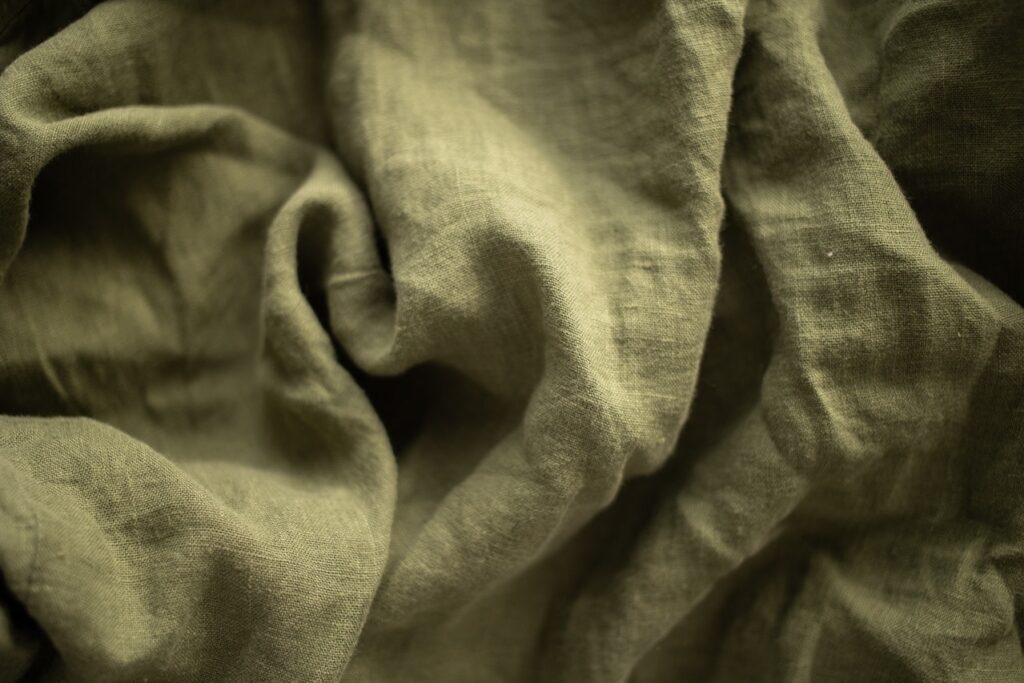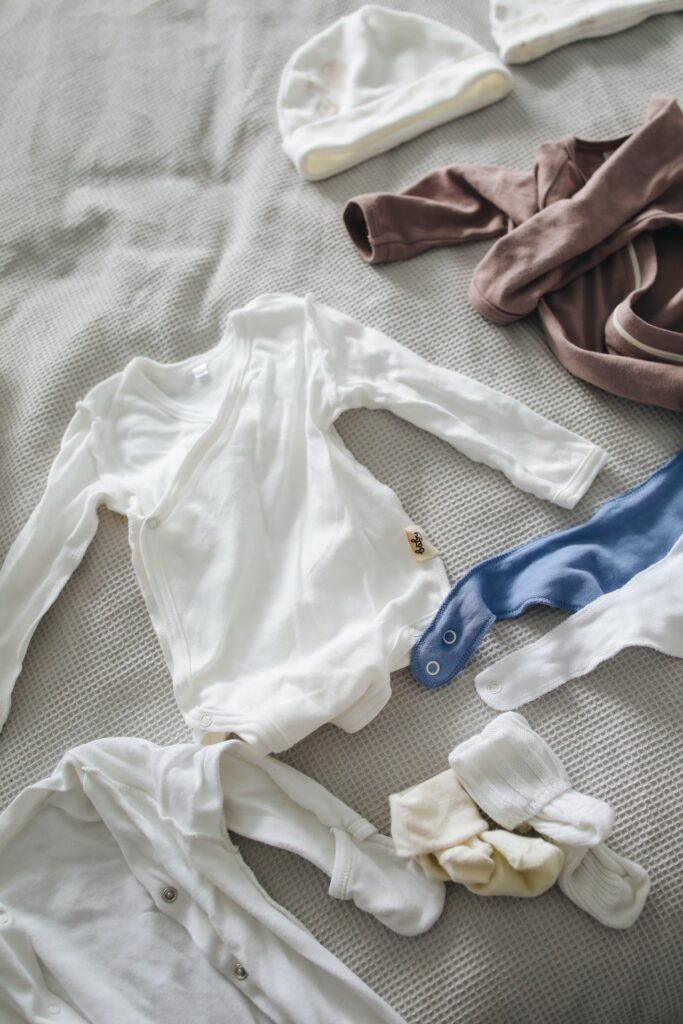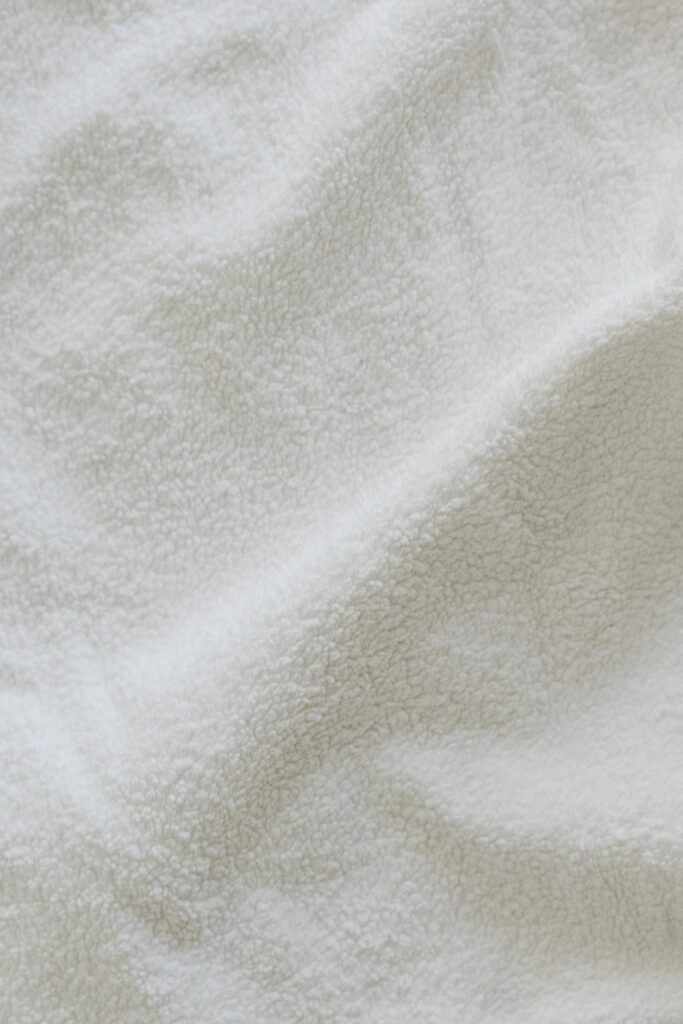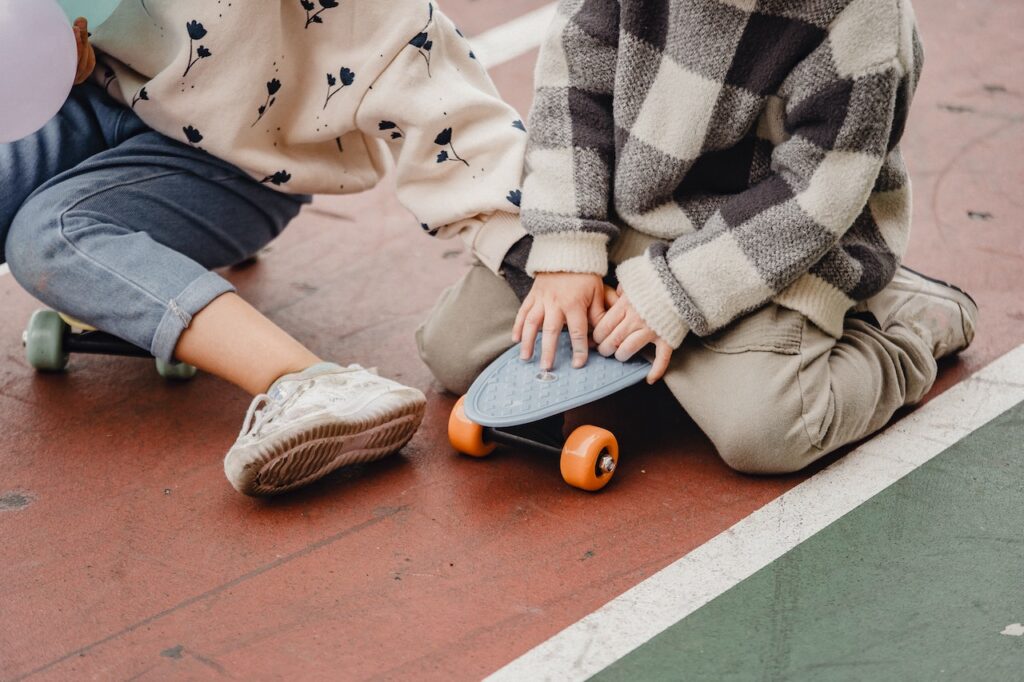Organic and Natural Fabrics: Eco-friendly Fabrics Used In Sustainable Kids' Clothing
Sustainable kids’ clothing is becoming increasingly popular as people become more aware of the environmental impact of traditional textile production. Organic and natural fabrics are among the most eco-friendly options for clothing, as they are produced without harmful chemicals and are often biodegradable.
Here are some of the most popular eco-friendly fabrics used in sustainable kids’ clothing:
Organic Cotton: Organic cotton is grown without the use of pesticides and fertilizers, making it a healthier and more sustainable option than conventional cotton. It is also softer and more breathable, making it ideal for children’s clothing.
Linen: Linen is made from the fibers of the flax plant and is a durable and breathable fabric that is ideal for warm weather. It is also a sustainable option, as flax requires less water and fewer pesticides than other crops.
Bamboo: Bamboo is a fast-growing plant that requires minimal water and pesticides to grow, making it an eco-friendly option for clothing. It is also naturally antimicrobial and moisture-wicking, making it a great choice for kids’ clothing.
Hemp: Hemp is a versatile and sustainable fabric that requires less water and fewer pesticides than other crops. It is also naturally durable and breathable, making it a great option for kids’ clothing.
Tencel: Tencel is a brand of lyocell fabric made from sustainably sourced wood pulp. It is a soft, breathable, and moisture-wicking fabric that is ideal for children’s clothing.

Organic Cotton: Organic cotton is grown without the use of pesticides and fertilizers, making it a healthier and more sustainable option than conventional cotton. It is also softer and more breathable, making it ideal for children’s clothing.
Organic cotton is grown using methods and materials that have a low impact on the environment, such as using natural fertilizers and pest control methods. This reduces the use of harmful chemicals that can have negative impacts on both the environment and the health of people involved in cotton production. In addition, organic cotton is often softer and more breathable than conventional cotton, making it a comfortable option for kids’ clothing. It is also less likely to cause skin irritation or allergies. Overall, choosing organic cotton for kids’ clothing is a great way to support sustainable and eco-friendly practices in the fashion industry.

Linen: Linen is made from the fibers of the flax plant and is a durable and breathable fabric that is ideal for warm weather. It is also a sustainable option, as flax requires less water and fewer pesticides than other crops.
Linen is a great option for kids’ clothing, especially for warm weather, as it is lightweight and breathable, allowing air to circulate around the body. Linen is also naturally moisture-wicking, which means it can absorb and release sweat quickly, keeping the skin dry and cool. Additionally, linen is a sustainable fabric because it is made from the fibers of the flax plant, which requires less water and fewer pesticides than other crops, making it a more environmentally-friendly option. Linen is also durable, so it can withstand frequent washing and wear, making it a practical choice for kids’ clothing.

Bamboo is a fast-growing plant that requires minimal water and pesticides to grow, making it an eco-friendly option for clothing. It is also naturally antimicrobial and moisture-wicking, making it a great choice for kids’ clothing.
Bamboo is a highly sustainable option for kids’ clothing because it is a fast-growing plant that requires minimal water and pesticides to grow. Bamboo can grow up to a meter per day and does not require replanting after harvesting, making it an easily renewable resource. Additionally, bamboo is naturally antimicrobial, which means it resists the growth of bacteria, and it is also moisture-wicking, which means it can absorb and release sweat quickly. These properties make bamboo a great choice for kids’ clothing, as it can help prevent odors and keep the skin dry and comfortable. However, it’s worth noting that the process of turning bamboo into fabric can involve harsh chemicals, so it’s important to choose bamboo that has been processed using eco-friendly methods.

Hemp: Hemp is a versatile and sustainable fabric that requires less water and fewer pesticides than other crops. It is also naturally durable and breathable, making it a great option for kids’ clothing.
Hemp is a fast-growing plant that requires less water and fewer pesticides than other crops, making it a more eco-friendly option. Additionally, hemp is naturally durable, which means it can withstand frequent washing and wear, making it a practical choice for kids’ clothing. Hemp is also breathable, which means it allows air to circulate around the body, making it a comfortable option for warm weather. Hemp fibers can also be blended with other natural fibers such as organic cotton to create even more durable and soft fabrics for kids’ clothing. Overall, hemp is a great choice for parents looking for sustainable and eco-friendly options for their kids’ clothing.

Tencel: Tencel is a brand of lyocell fabric made from sustainably sourced wood pulp. It is a soft, breathable, and moisture-wicking fabric that is ideal for children’s clothing.
The production process of Tencel is highly eco-friendly and requires less water and energy compared to other fabrics. Tencel is a soft and breathable fabric, making it a comfortable option for kids’ clothing. It is also naturally moisture-wicking, which means it can absorb and release sweat quickly, keeping the skin dry and comfortable. Tencel is also hypoallergenic, making it an ideal choice for kids with sensitive skin or allergies. Overall, Tencel is a great option for parents who want to prioritize sustainability and eco-friendliness in their children’s clothing choices.

